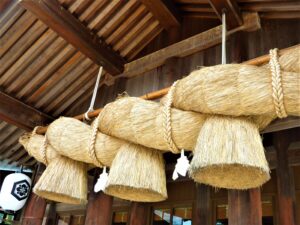Odawara Castle: Hojo Clan's Independence from Shogunate and People-Centered Policy
A remarkable Hojo clan, a pioneering and the final force of Sengoku Daimyo, a territorial lord in the Warring States Period (1467-1573), who reigned supreme in the Kanto region for a century-spanning five generations. Their unwavering ambition was to be independent of the vested interest of the Muromachi Shogunate (1336-1573) and to safeguard the livelihoods and lands of their people to achieve a peaceful territorial state. However, this revolutionary aspiration would ultimately crumble in the face of Toyotomi Hideyoshi's overwhelming military might. The year 2023 marks the 500th anniversary of 1523 when the Hojo clan changed its family name from "Ise" to "Hojo". Let's explore the story of their rise to power, the hegemony in the Kanto region, and the surrender.
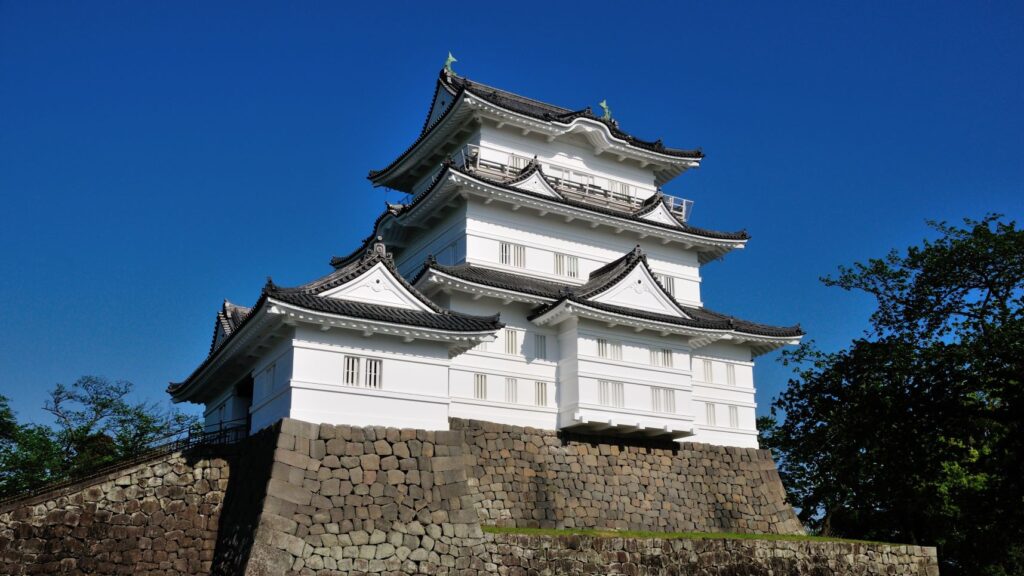
The Emergence of the Hojo Clan in the Strife-torn Kanto region and their pass to the warlord
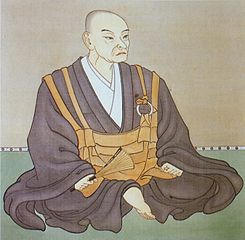
@ Wikimedia_PD (*1)
Ise Shinkuro, later known as Hojo Soun (1456-1519, 北条早雲), served as a retainer of the 9th Shogun of Muromachi Shogunate, Ashikaga Yoshihisa (1465-1489, 足利義尚). In 1493, he launched a raid on the Izu province, which is believed to have marked the inception of the Warring States period (1467-1590). This occurred when he successfully ousted the governor-general of the Muromachi Shogunate in the Kanto region. Subsequently, Shinkuro initiated a series of economic reforms aimed at alleviating the heavy agricultural tax burden on the local people. These reforms involved the establishment of a more equitable tax system, which was based on land productivity, and the implementation of a policy known as “Rakuich-rakuza” (free markets and open guilds) to stimulate economic growth. During this era, the struggle for the succession races of the next Shogun was primarily centered around Kyoto. In contrast, in the Kanto region, a series of power struggles emerged for the hegemony of the Shogunate governor. As the turmoil across the nation, the power of the Muromachi Shogunate wabed. Soun took a significant step by issuing his Shuinjom an official document, in 1518, declaring his independence. This declaration signified that he ruled his territory based on his own capabilities rather than relying on the authority of the Muromachi Shogunate. In this sense, he is regarded as a pioneering figure in Japanese history and is considered one of the early Sengoku Daimyo (warlords).
Governing for the People and Expanding Territories Across Four Generations
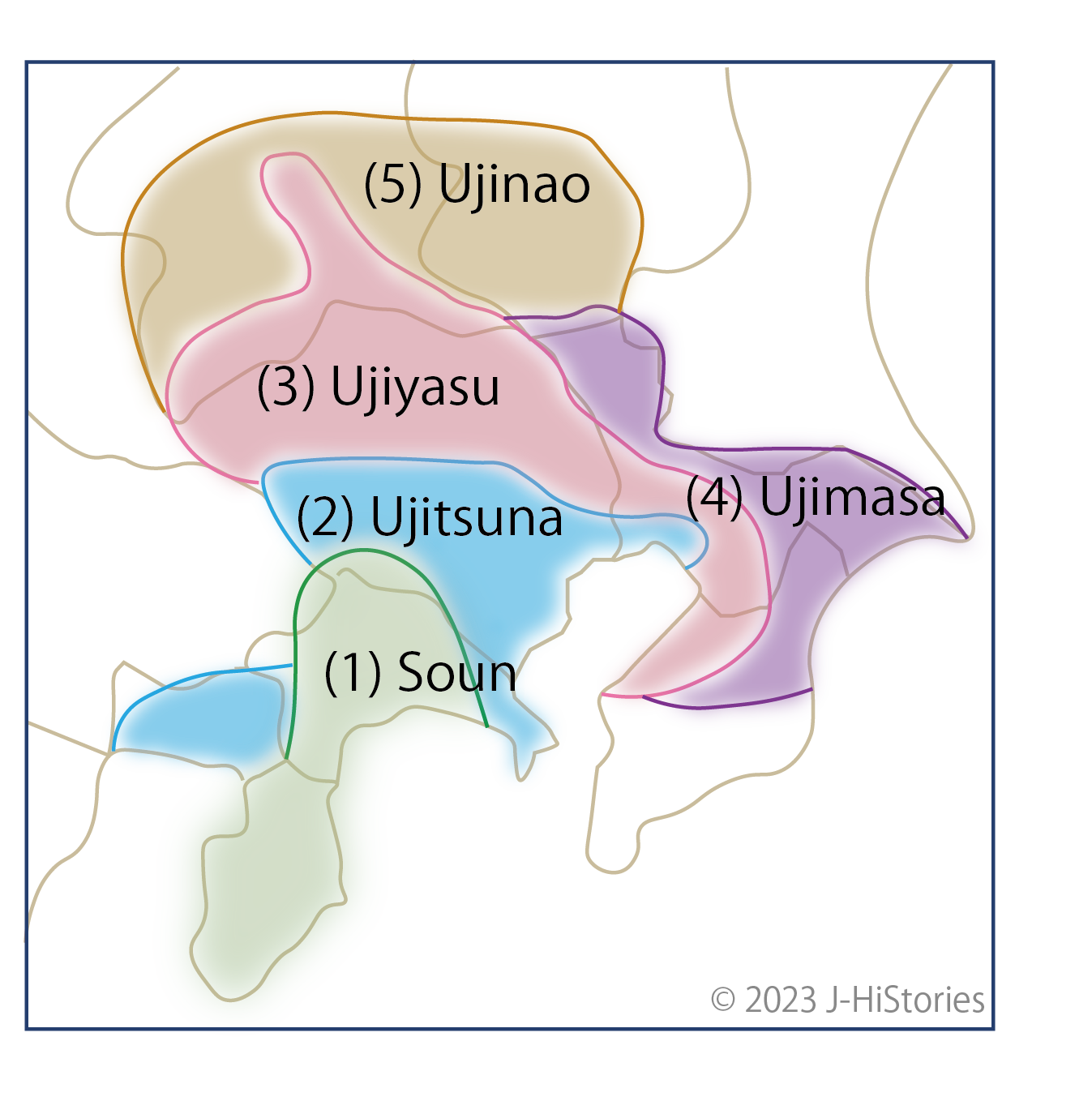
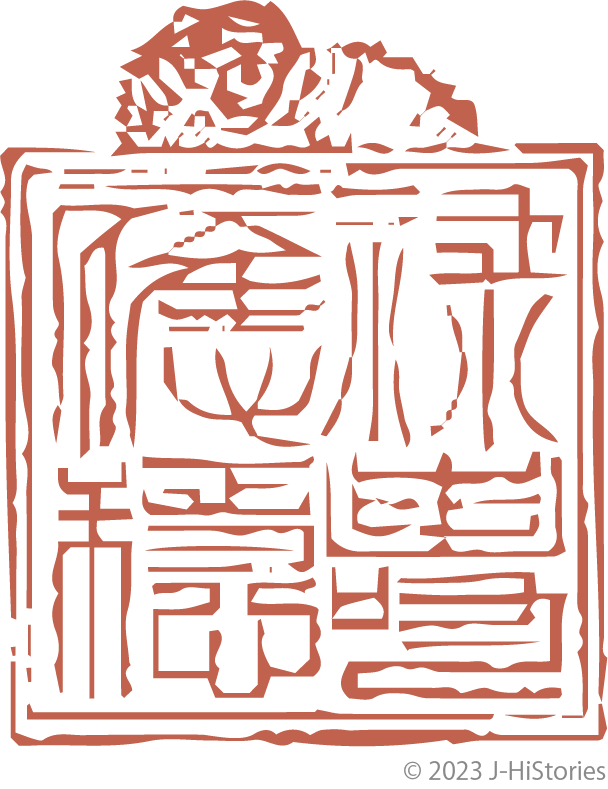
In the same year, his heir Ujitsuna (1487-1541, 北条氏綱) assumed the position of the head of the Hojo clan and started efforts to strengthen its foundation. This involved expanding the territory and improving the region's traffic network. During this period, he introduced an original seal, which played a pivotal role in the prosperity of the Hojo clan. The seal, measuring 7.5cm square, featured an image of a tiger on the top, with the Hojo’s guiding policy inscribed within the square. This policy was articulated as "禄寿応穏", signifying `the safeguarding of both the property and the lives of the people'. Any tax-collecting orders lacking this seal were deemed invalid. The Hojo clan continued to expand its territory to the east with a sense of security, having secured a peace agreement in 1554 with Takeda Shingen (1521-1573, 武田信玄), the lord of the Takeda clan to the north and the Imagawa clan to the west.
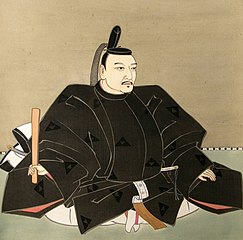
@Wikimedia_PD (*1)
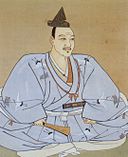
@ Wikimedia_PD (*1)
The 3rd Ujiyasu (1515-1571, 北条氏康) notably compelled the formidable Uesugi Kenshin, known as the God of War in Niigata prefecture, to retreat after a nearly one-month siege. Ujiyasu astutely recognized that Kenshin was taking advantage of the times following his appointment as the Kanto governor of the Muromachi Shogunate. As a result, he fortified Odawara Castle, transforming it into an impregnable stronghold in anticipation of the impending conflict. This strategic insight and preparedness ultimately led to a triumphant outcome for Ujiyasu. Ujiyasu was strong. He also utilized Ninja, the Fuma party, and won the Battle of Kawagoe, one of the three greatest surprise attacks in Japan (Okehazama, Itsukushima, and Kawagoe), by distracting the tenfold enemy. The 4th Ujimasa (1538-1590, 北条氏政) further expanded the clan's influence into Musashi (Tokyo and Saitama), Suruga (Shizuoka), Shimofusa (Chiba), and Kozuke (Gunma), firmly establishing the Hojo's position as the paramount authority in the Kanto region.

(*1) Source:https://commons.wikimedia.org/wiki/File
The Shogun's Decline and The Ascendance of Warlords
With the passage of years, the 15th Shogun, Ashikaga Yoshiaki(1537-1597, 足利義昭), was ousted by another powerful Sengoku Daimyo, Oda Nobunaga (1534-1582, 織田信長), in 1573. Yoshiaki established an anti-Nobunaga alliance with several influential military leaders, but their efforts proved futile in the case of Nobunaga's overwhelming power. Nonetheless, Nobunaga met his demise at the hands of one of his retainers. Subsequently, another loyal vassal, Toyotomi Hideyoshi (1573-1598, 豊臣秀吉), embarked on the mission of unifying the nation to end the turmoil.
Hojo Clan's Defiance Against Hideyoshi's Unification
Eventually, the Hojo clan posed an obstacle to Hideyoshi’s quest for unification. In 1585, as Hideyoshi issued Sobuji-rei, an edict prohibiting duels between feudal lords, a vassal of the Hojo clan captured Nagurumi Castle from the Sanada clan, thereby violating the edict. This event brought a spark for Hideyoshi to defeat the Hojo clan. In February 1590, Hideyoshi’s spearhead army of over 1,000 navies arrived at a bay near Odawara Castle. Subsequently, Hideyoshi’s formidable army established its position atop Mt. Ishizuchi in Hakone, situated approximately 3 km southwest of Odawara Castle. In response, the Hojo clan built a massive fortress known as "Sogamae". This fortress encircled the entire town with a moat and earthworks, boasting a total length of 9 km, a depth of 10 meters, and a 50-degree angle. Odawara Castle, which had never fallen, was well-stocked with enough provisions to endure several years of siege.
Even after two months of Toyotomi's forces laying siege to the castle, there were no signs of its surrender. Frustrated by the dwindling strength of Toyotomi's troops and the spread of rumors regarding the rebellion, Hideyoshi altered his strategy. His forces systematically brought down the subsidiary castles one by one, effectively isolating the Odawara Castle. Additionally, he appointed Tokugawa Ieyasu (1543-1616, 徳川家康), a key figure leading Hideyoshi’s army, as the negotiator. Ieyasu proposed generous peace terms to Ujinao, the fifth head of the Hojo clan, offering to spare his primary estate while assuring him of his sincerity. Ujinao, who had married Ieyasu's daughter, trusted his father-in-law's words and eventually decided to surrender the castle to Hideyoshi on July 5th, 1590, without any actual battles taking place. However, Hideyoshi reneged on the promise, confiscated the land, exiled Ujinao to Koyasan, and tragically ordered Ujimasa, his father, to commit suicide by disembowelment.
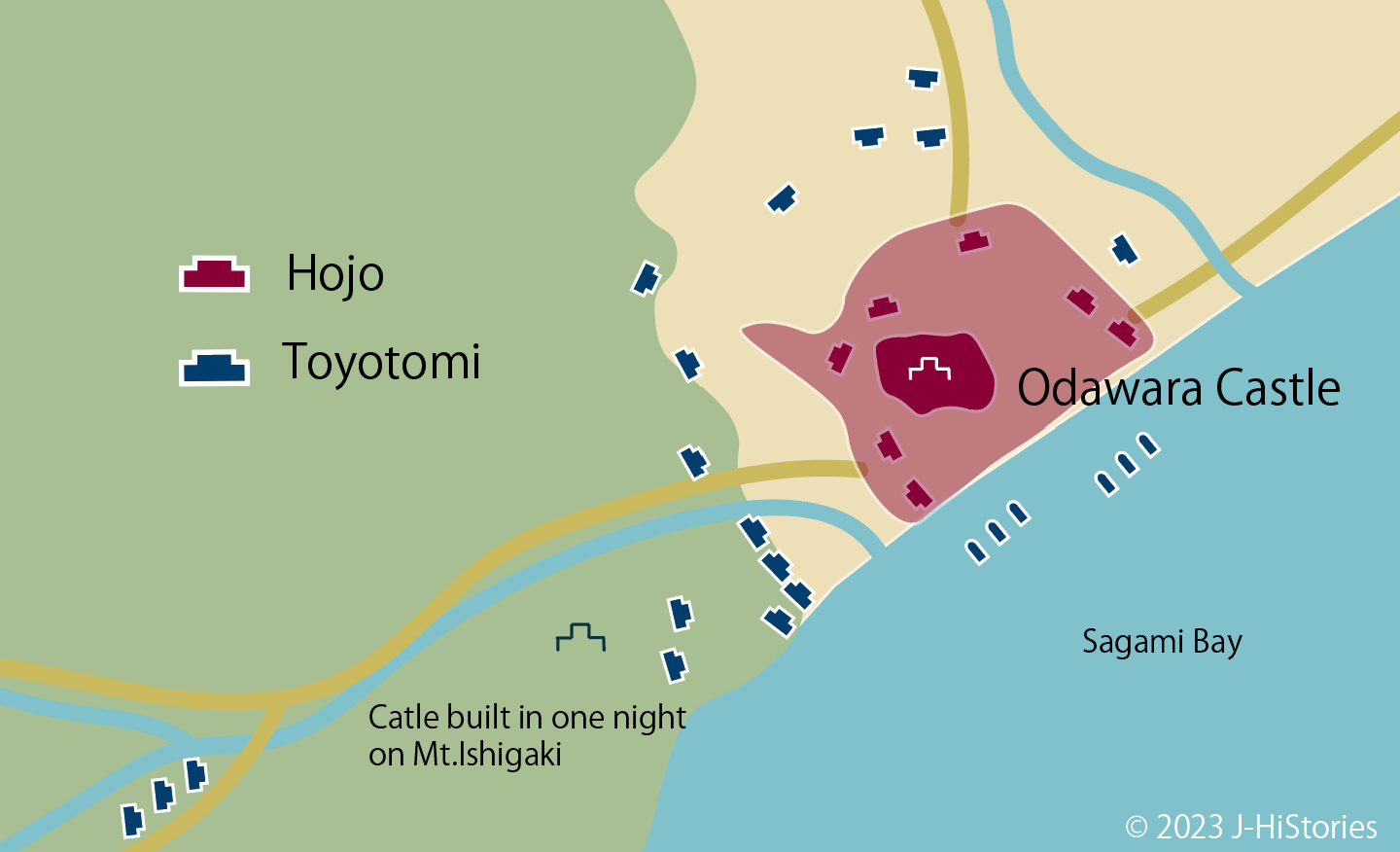
The End of Hojo's Independence from Shogunate, Continuation of Their Policies by Tokugawa Ieyasu
The Hojo clan stood as the sole and final Sengoku Daimyo to resist Hideyoshi’s formidable forces, comprising around 220,000 warriors, among them renowned warlords like Date Masamune, who rushed to Odawara towards the end. Their defeat marked the culmination of Hideyoshi's efforts, leading him to attain the title of Tenkabito, signifying the leader of Sengoku Daimyo after unifying nations. Ujinao confined himself in Koyasan Temple for five months. Eventually, he reclaimed his position as the feudal lord. Remarkably, the Hojo clan persisted in existence until the end of the Tokugawa Shogunate (1603-1868), spanning an additional 265 years. Enjoy a visit to Odawara Castle, where the castle tower offers a magnificent 360-degree panoramic view of Sagami Bay, Izu Peninsula, Mt.Ishizuchi, and other breathtaking vistas. As you take in this breathtaking view, you'll also have the opportunity to reflect on the legacy of the Hojo clan. They were both pioneers and the final Sengoku Daimyo, known for their role in establishing a governance system centered on the prosperity and peace of the people during the early Warring States period. Furthermore, the Hojo clan's ambition to attain independence from the Shogunate ended, but their policies were succeeded by other following warlords like Tokugawa Ieyasu.
Hojo Clan Timeline
| 1493 | Hojo Soun - the first warlord in Japan history - settled Izu province by defeating Horikoshi Kubo |
| 1495 | Hojo Soun extended its teritorry to Sagami |
| 1518 | Hojo clan declared the independence from the Muromachi Shogunate |
| 1518 | Hojo Ujitsuna succeded to the position of Hojo clan (2nd Lord) |
| 1530 | Uesugi Kenshin was born |
| 1534 | Nobunaga was born in Owari province |
| 1537 | Hideyoshi was born in Nagoya |
| 1541 | Hojo Ujiyasu succeded to the position of Hojo clan (3rd Lord) |
| 1542 | Ieyasu was born in Okazaki province |
| 1546 | Hojo Ujiyasu defeated 10-times larger Ogiya Uesugi forces in the Kawagoe Night Battle |
| 1560 | Nobunaga defeated Imagawa Yoshimoto at the battle of Okehazama |
| 1561 | Ujimasa held off Uesugi Kenshin's Forces at Odawara Castle |
| 1569 | Ujimasa held off Takeda Shingen's Forces at Odawara Castle |
| 1573 | Muromachi Shogunate ended by the 15th Shogun, Yoshiaki was ousted by Nobunaga |
| 1578 | Kenshin passed away |
| 1580 | Hojo Ujinao succeded to the position of Hojo clan (5th Lord) |
| 1582 | Nobunaga was killed at Honnoji by Akechi Mitsuhide |
| 1585 | Hideyoshi became Kanpaku (chief advisor to the Emperor) |
| 1585 | Hideyoshi issued Sobuji-rei |
| 1586 | Hideyoshi built the huge Osaka castle |
| 1590 | Hideyoshi spearhead army to attack Hojo clan |
| 1590 | Hojo surrendered Odawara Castle to Hideyoshi. Ujimasa commited Harakiri. Ujinao was banished to Koyasan. |
| 1590 | Hideyoshi unified the nation |
| 1591 | Ujinao passed away |
Recommendations to visit
- Access: A 10-minute walk from JR Odawara Station

